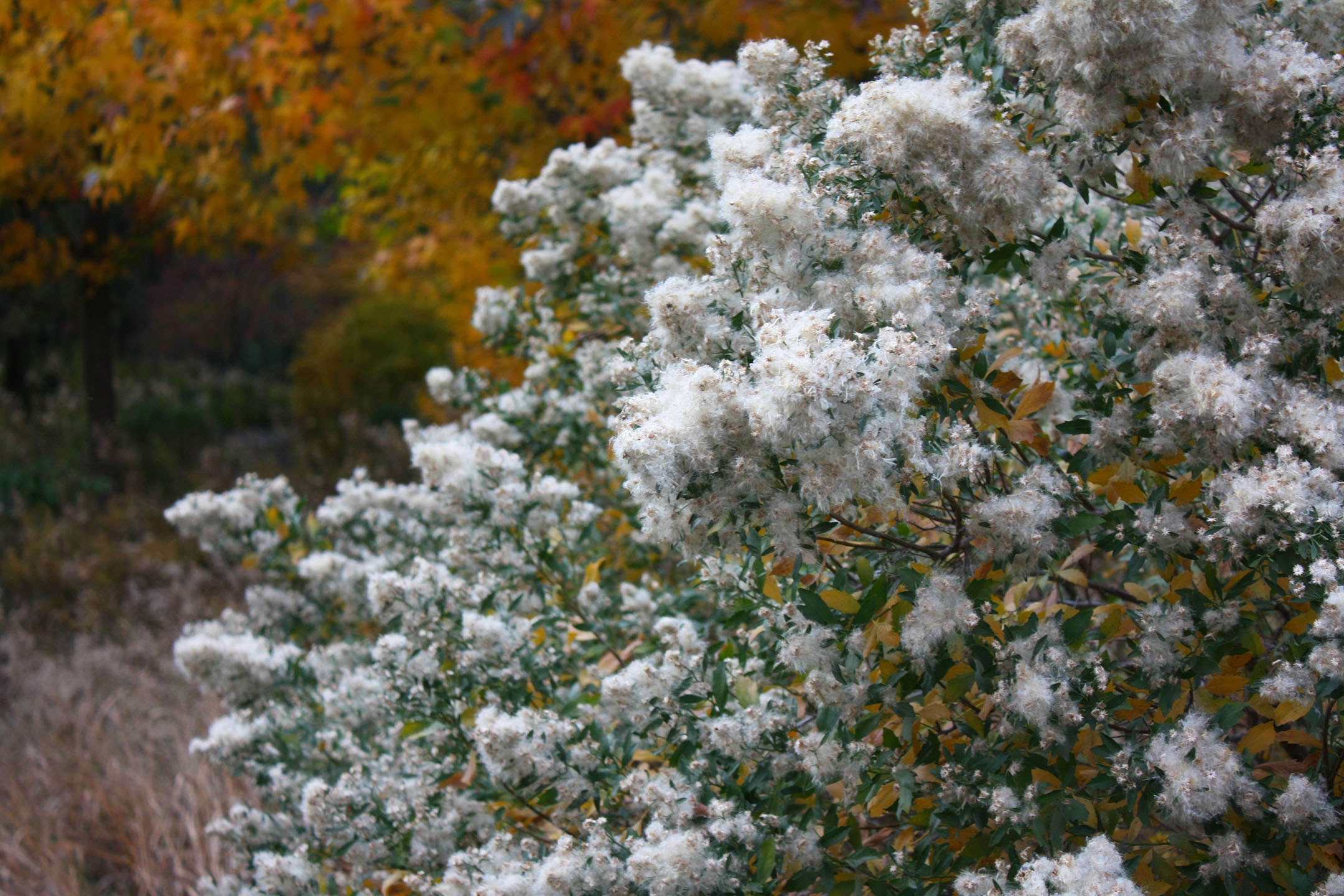Ever wonder why some years your prized Japanese maple trumpets color in autumn, while in other years it seems less enthusiastic? There’s a good reason. Like our moods, the color intensity of fall foliage changes with the weather.

The changing color of fall foliage is a simple chemistry lesson. Chlorophyll is what makes leaves green (and enables plants to use sunlight to create their own food). As days become shorter and temperatures drop, chlorophyll production slows to a stop and the other pigments in the leaves get a chance to show themselves.

The two primary pigments are carotenoids that produce orange, yellow, and brown colors, and anthocyanins that are responsible for resplendent reds. The orange pigments (carotenoids) are present in leaves year round and get to shine when the green chlorophyll takes a break. Because the orange pigments are constant, their showiness in the fall is predictable. But, the red pigments (anthocyanins) are created in the autumn in response to light, plant chemical changes, temperature, and water supply. This is where weather affects the brilliance of the fall color display.

Warm days and low temperatures (above freezing) at night boost the production of the red pigments, producing a more dazzling display. But early frosts weaken the colors. What weather makes for the best fall foliage show? According the the US Forest Service, “a succession of warm, sunny days and cool, crisp but not freezing nights seems to bring out the most spectacular color displays.”

Moisture also plays a role. “A late spring, or a severe summer drought, can delay the onset of fall color. A warm wet spring, favorable summer weather, and warm sunny fall days with cool nights should produce the most brilliant autumn colors.” Bring out the crystal ball, or at least the Farmer’s Almanac.


Fall’s here! See more seasonal stories:
- Identify Those Colorful Leaves
- Color Theory: 10 Perfect Plant Combinations for Autumn
- Fall Gardening: Can You Stop Watering Now? (And 5 Other Burning Questions)
N.B.: This post has been updated with new links; it was first published October 2016.










Have a Question or Comment About This Post?
Join the conversation